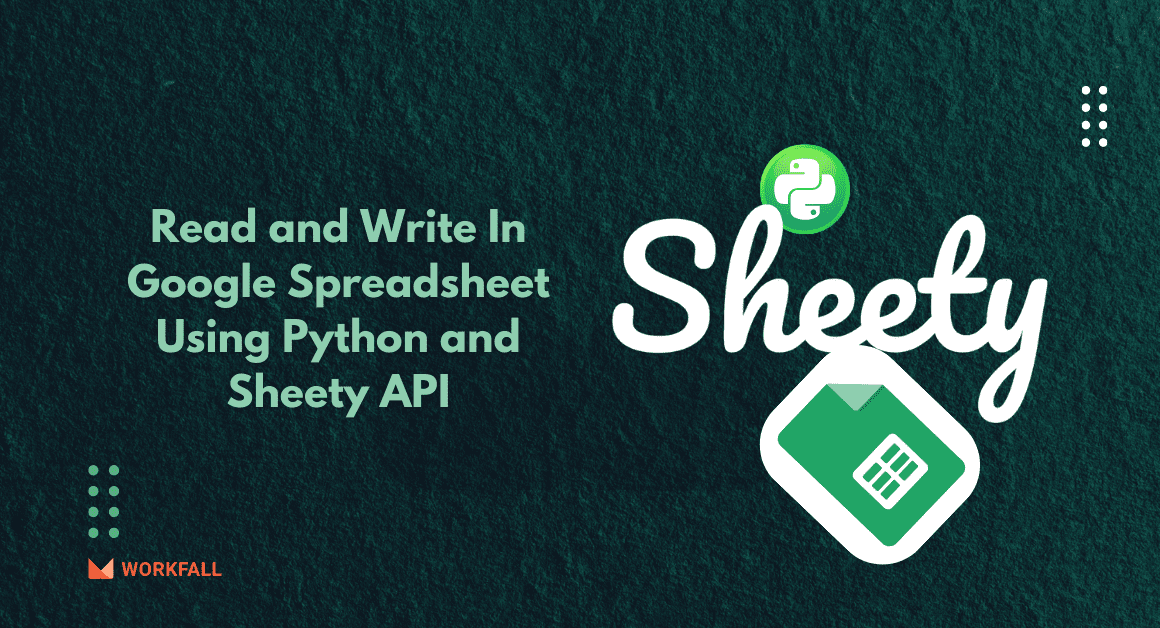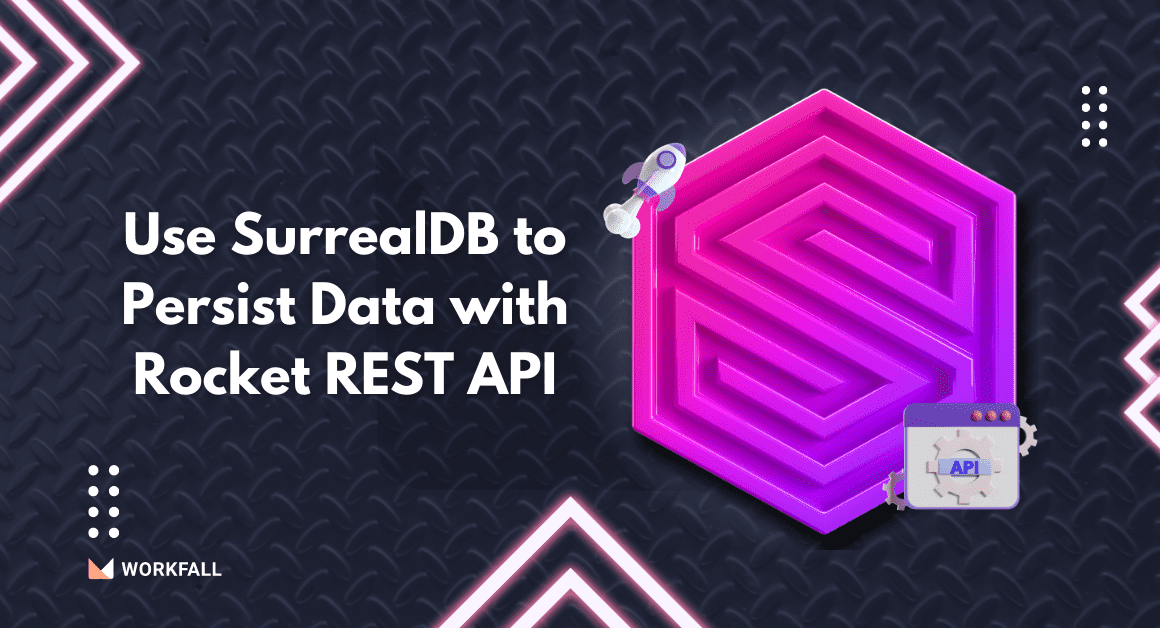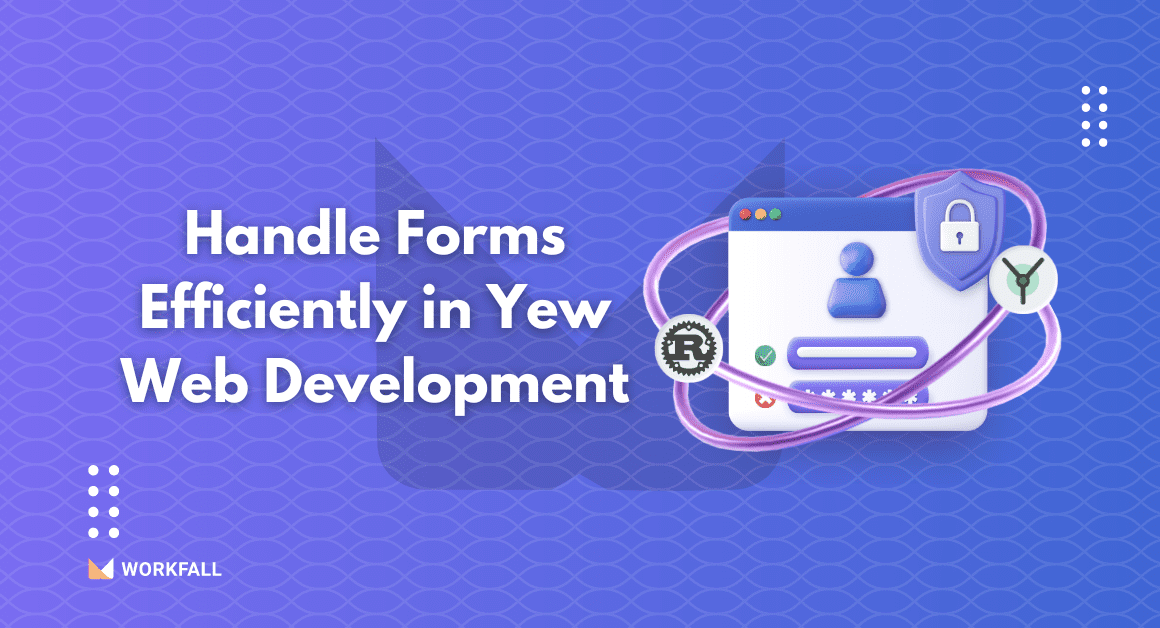How to Implement Pagination Using FastAPI in Python?
Reading Time: 12 minutes Navigating lots of info can be tricky. Let’s find out how FastAPI makes it easy with pagination, breaking down content for a smoother ride. We will do a step-by-step implementation with FastAPI, a top-notch Python tool, which helps organize info better. Improve reading, speed, and user happiness using pagination tricks. Let’s get started! In this […]
How to Stream JSON Data Using Server-Sent Events and FastAPI in Python over HTTP?
Reading Time: 9 minutes In this blog, we will cover: What are Server-Sent Events? Why Stream Data Using Server-Sent Events (SSE)? What is FastAPI? Hands-On Conclusion What are Server-Sent Events? Server-Sent Events (SSE) is a simple and efficient technology for sending real-time updates from the server to the web browser over a single HTTP connection. Unlike other real-time communication […]
How to Build an Interactive Real-Time Chat Application with Websockets?
Reading Time: 11 minutes What is Socket.io? Socket.io, a widely-used JavaScript library, offers a framework for facilitating real-time, two-way communication between web clients (like browsers) and servers. It uses WebSockets as the primary communication method but also offers fallback options such as long polling for environments where WebSockets may not be supported. This makes it a powerful tool for […]
How to Analyze Java Class at Runtime Using Java Reflection API?
Reading Time: 10 minutes What is Reflection API? Reflection API is one of the best features in Java. A programmer can use this API to write any logic for classes that will be generated in the future. In simple words, it refers to the ability of a running Java program to look at itself and understand its own internal […]
How to Create an Amazon Price Tracker Service Using Python?
Reading Time: 12 minutes Hey there, shopping savvy! Ever wished you could magically know when your favorite Amazon items go on sale? Guess what – we’ve cracked the code! Learn how to build your very own Amazon Price Tracker using Python. Imagine getting alerts right in your inbox when prices drop. Let’s dive in and make those savings dreams […]
How to Read and Write In Google Spreadsheet Using Python and Sheety API?
Reading Time: 9 minutes Tired of manual data entry in Google Spreadsheets? Discover a simple and efficient way to automate your data handling using Python and Sheety API. In this blog, we’ll demonstrate step-by-step the process of reading and writing data in Google Sheets, empowering you to effortlessly manage your data with the power of Python. Say goodbye to […]
How to Use Kafka for Event Streaming in a Microservices Architecture?
Reading Time: 7 minutes The world of creating real-time applications can get complex when we have to consider latency, fault tolerance, scalability, and possible data losses. Traditionally, web sockets were the go-to option when it came to real-time applications, but think of a situation whereby there’s server downtime. It means that there is a high risk of data loss […]
Create a No-code GraphQL Server Using Hasura and PostgreSQL
Reading Time: 7 minutes To handle CRUD, authorization, and business logic, backend developers frequently need to write several lines of code. All of this code must be tested, debugged, and maintained for the duration of the project. This consumes a significant amount of time that developers could be used to create new features. This blog will demonstrate to you […]
Use SurrealDB to Persist Data with Rocket REST API
Reading Time: 8 minutes Databases are essential in web development for organizing data in various forms and shapes (both structured and unstructured). Their ultimate goal is for the stored data to be easily retrievable, updated, queried, and generally administered via a graphical user interface (GUI), dashboard, or even command line interface (CLI). We can use database management systems to […]
How to Handle Forms Efficiently in Yew Web Development?
Reading Time: 6 minutes In order to create a Yew web application, one must create mechanisms to allow end users to interact with the system and provide data via online forms. This is where form handling comes into play. Yew offers Rust’s rich type ecosystem which can be a great tool when it comes to ensuring data integrity on […]








